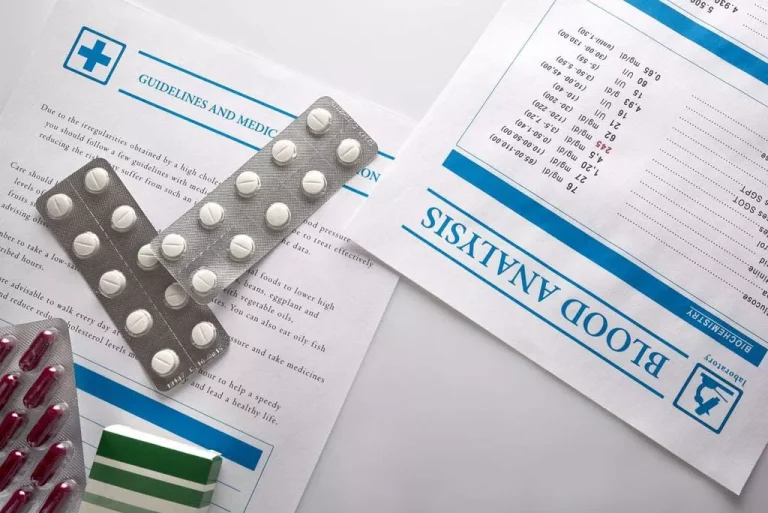
Starting in the ’90s, alcohol companies launched products like Smirnoff Ice that were meant to appeal to young women. A book in the early 2000s promoted the idea that a thin, fabulous, European lifestyle allowed women to drink wine with almost every meal. Although the gender gap in alcohol consumption is narrowing among all ages, the reasons differ. For people over 26, women are increasing their alcohol consumption faster than men. Among teens and young adults, however, there’s an overall decline in drinking. By the time Victoria Cooper enrolled in an alcohol treatment program in 2018, she was “drinking for survival,” not pleasure, she says — multiple vodka shots in the morning, at lunchtime and beyond.
The Impact Of Alcoholism On Women
Of 48 women referred, 39 became participants, and follow-up data were collected for 32. Approximately one-third of participants were drinking as heavily at follow-up as they were before the intervention. More than 50% were abstinent from drinking at follow-up, and 12.5% reported drinking reduction.
- However, insufficient detail is provided to fully assess the scope, cost, or promise of the program.
- Women who drink a lot may have difficulties keeping track of their menstrual cycle.
- Mann’s advocacy was instrumental in returning the conversation around alcohol use disorder to science and medicine rather than morality.
- “The consistent increases among women in alcohol use, binge drinking, and alcohol use disorder are alarming,” she says.
Particular alcohol risks in women

In 2016, 3 million deaths or 5.3% of all global deaths were attributed to alcohol. Excessive alcohol use can cause a myriad of health issues; over 48% of all deaths from liver cirrhosis are linked to alcohol-related liver disease. Other medical consequences of heavy alcohol use include heart disease, stroke, and certain cancers. Psychiatric consequences of unhealthy alcohol use are also pervasive, including depression, anxiety, accelerated memory problems, and risk of dementia. If you or a loved one is struggling with alcohol misuse or addiction it’s important to know that there is help available.
They Cannot Limit Themselves to a Certain Number of Drinks

Alcohol detox is particularly helpful and essential to sobriety. Medication-assisted treatment rebalances neurochemical levels in the brain. This makes it easier for people struggling with addiction to stop thinking about drinking. Alcohol abuse in a woman is defined as consuming more than the recommended amount on a regular basis or drinking in ways that lead to physical and/or emotional consequences. When a woman engages in a pattern of excessive drinking, signs of alcohol abuse can become clear.
Drug and Alcohol Detox and Residential Program for Women

Alcoholism affects not only the alcoholic but also those women and alcoholism around them as well. Someone who is under the influence of alcohol may say or do things that they normally wouldn’t if they were sober. After those incidents, Ms Josey “self-identified that she may still have been impacted by the effects of alcohol” and told her supervisor that she was not fit to start her shift. She returned home and “commenced a period of personal leave”. Achieving gender equity in law enforcement remains a pressing issue, as the percentage of women in policing has remained relatively stagnant over the past few decades. Without intentional efforts to improve the recruitment and retention of women, there is little promise of significant change.
The hidden risks of drinking

She made a conscious decision to change her drinking habits and these days rarely drinks more than a glass of wine on weekends or at social occasions. Because of these and other gender-based issues, some may prefer a women’s-only rehab program that is dedicated to addressing all of the unique challenges women face. On the flip side, women are also more likely to seek treatment for alcoholism than men. It is more socially acceptable for women to be open and honest with their feelings than it is for men, enabling women to express the need for treatment both to themselves and others with fewer reservations. Perhaps unfairly, women also bear a disproportionate share of family responsibilities than men, creating a greater urgency and need for treatment.
- These biological factors explain why women become intoxicated after drinking less and are more likely to suffer adverse consequences after drinking smaller quantities and for fewer years than men.
- A professional rehab center can help you heal from alcohol addiction.
- Women who drink during pregnancy put their babies at risk of being born with a fetal alcohol spectrum disorder.
- Gender-specific treatment programs can help address challenges that are specific to women.
- In addition, women who consume four or more alcoholic drinks a day face an increased risk of dying from heart disease.
The frequency of alcohol use among women has also been impacted by the COVID-19 pandemic. Women reported greater rates of pandemic-related changes in sleep, mood, habits, and stress compared to men. A survey from the RAND Corporation noted that psychological distress from the pandemic directly relates to alcohol use; heavy drinking days have increased by over 41% for women since pre-pandemic. It’s also important to educate yourself on addiction and how it affects women differently than men.
Signs of Alcoholism in Women
- Jenny stopped drinking at the age of 34 for eight years with the help and support of Alcoholics Anonymous, describing the program as all-encompassing and providing a great distraction.
- Our criminal investigators make up the largest employee group at ATF and will be the focus of ATF’s pledge to improve the representation and inclusion of women in its ranks.
The program assessed drinking before and up to 18 months after the intervention as well as birth status of the newborns. Pre-test data were unclear, but post-test data describe self-reported drinking. Overall costs could be high because of the need for a dysmorphologist, staff training, and effort to prepare materials and presentations. Maintenance costs also seem high because they would include, for example, funding for detox and alcohol treatments, FAS diagnostic clinic staff, and clinic rooms. It is unclear what level of training or what degree of involvement is necessary for staff.
Give Now to Support Women and Families Healing from Addiction
A recent analysis of alcohol companies’ Facebook and Instagram posts by researchers in the U.K. They’re at greater risk for hangovers, blackouts, liver disease, alcohol-induced cardiovascular diseases and certain cancers. One study found alcohol-related visits to the emergency room from 2006 to 2014 increased 70% for women, compared with 58% for men. Another paper reported that the rate of alcohol-related cirrhosis from 2009 to 2015 rose 50% for women, compared with 30% for men. Research shows women suffer health consequences of alcohol — liver disease, heart disease and cancer — more quickly than men and even with lower levels of consumption.
